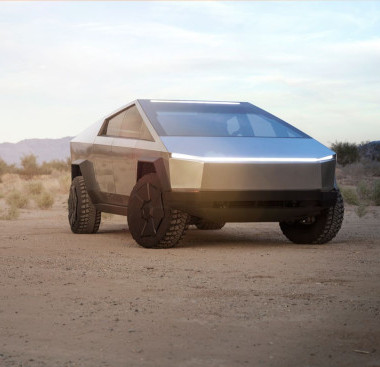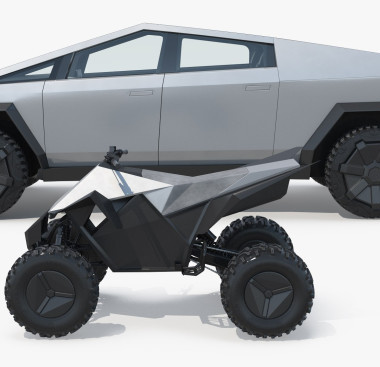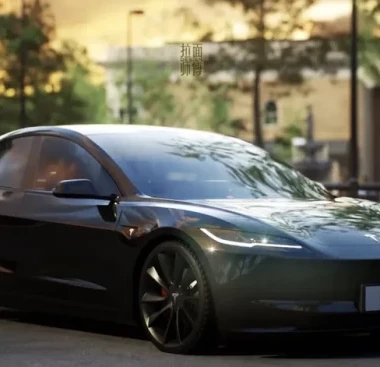Tesla Transmissions: How they manipulate the Strength of Electric Motor
In the present automotive world, there's always being new, different, or redesigned. Nature-driving motorcars are confirmation of that. When looking at the luxury motorcar demand, one of the most engaging among electric motorcars is Tesla’s Model-3. A common question about Tesla transmissions is how they manipulate the strength of the electric motors. The Tesla Model 3 is a totally electric sedan that comes in three neat situations Standard Range Plus (after being renamed to only the base Model 3 center through the model generation), the high Range, and the performance. Each condition is distinguished initially by levels of driving a range and acceleration from a battery-electric power train.

- Features of the Model-3:
The Tesla Model 3 is a totally electric sedan that comes in three neat situations Standard Range Plus (after being renamed to only the base Model 3 center through the model generation), the high Range, and the performance. Each condition is distinguished initially by levels of driving a range and acceleration from a battery-electric power train.
- Tesla’s Transmission:
Tesla uses a 1- speed automatic transmission, denoting they just have one gear when it comes to moving as they don’t take anything other than that. Because Electric motors produce 100 percent of their torque (necessitated for acceleration) at actually low speeds, while inward combustion engines just produce torque in a tiny range of speeds.
In a working situation, this means combustion engines operate the several gear ratios in the transmission to accelerate the vehicle. With electric motors, the speed increases, torque reductions, and power increases, presenting the Tesla all the power it needs for an excellent acceleration, which is proved by the Model-3 going from zero to 60 mph in3.2 seconds.









